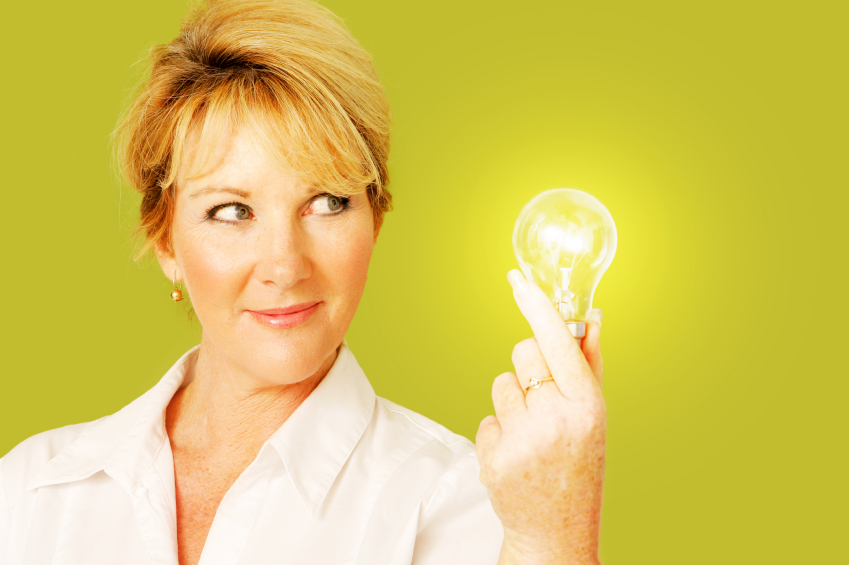
In trying to be more creative, sometimes we can come up against a couple of problems that counteract our innovative thinking:
1. We are often under time pressure.
Tim, I’d like five new ideas from you for tomorrow’s board meeting by 4 o’clock today. Gee, thanks boss.
2. We have too much else going on. “Crowded House” is often how my brain feels when I’m trying to get through multiple tasks and I risk going into melt down when just one more demand is added to the to-do pile, especially if I need a new idea. It’s like when you haven’t kept up with the laundry. Those piles of washing waiting to get done start to collide with the piles of clean laundry waiting to get sorted and that last extra T-shirt plonked on the top can bring the whole lot down.
3. We try too hard. Aha! Yes, we often apply our logical, analytical thinking to come up with new ideas. Choosing to use an actuary rather than a designer to reconfigure your bathroom, could lead to a few delays and perhaps not the exact outcome you were looking for.
Creativity is frequently listed as an essential leadership skill. Yet our leaders often have these issues of insufficient time, too many tasks and working very hard to contend with. A report in 2010published by IBM revealed that 50% of those executives included in their study revealed that they thought they lacked the ability to cope with the demand for more creativity in their workplace.
Enhancing your creativity is very possible. And yes, everyone has their creative side, even if someone told you at a very early age you don’t have a creative bone in your body – they were wrong.
When it comes to problem solving and creativity your brain has a choice of two pathways it can use.
a) the analytical pathway that uses the prefrontal cortex and is left brain predominant
b) the creative pathway that uses insight, that is right brain orientated.
As our world becomes increasingly complex, having the ability to integrate these two pathways is going to be a highly desirable attribute, so as to solve more problems more quickly, more easily and to think more innovatively.
Our moment of insight is when a new unique set of synaptic connections comes together in your mind for the very first time. It really is the “birth” of a new idea.
So how do you develop more insight?
I’m just coming to that.
But first, a question for you.
Where do you have most of your insights?
For the majority of people it is in the shower. Unlike Archimedes, having the luxury of time for a bath, is something some of us can only look back fondly on as a childhood memory.
The reason for it being the shower is because that is the time when you are likely to be more relaxed: the water is warm, you feel comfortable and you’re not focused on the problem.
To cultivate a mind ready to produce insight it helps to:
1. Unfocus. Step away from the challenge. This might mean physically taking yourself elsewhere. Perhaps go for a walk – being surrounded by nature, the green stuff and trees has been shown to enhance creativity.
2. Quieten your mind. Listen to music or go for a run or a swim. Have a quiet conversation with a friend. This allows your thoughts to start looking more inwards.
3. Allow your mind to wander. The reason we allow our mind to disappear down so many rabbit holes is because this is what allows us to tap into our subconscious thought, memory and experiences. Ever noticed how your brain does this automatically for you? That’s because we weren’t designed for long-term focus and your brain instigates it’s own brain breaks. Having the awareness of your mind wandering allows you to observe your thoughts and reflect on “what ifs” and the “how abouts”.
4. Get enough sleep. A rested mind is a more creative mind and sleep deprivation is highly toxic to your mood and being open to alternatives. Having a brief nap can provide a cognitive refresher. Have you ever woken up and just realised you’ve discovered the answer to a problem that’s been bugging you?
5. Be more mindful. Practising mindfulness has been shown to enhance creative thinking. Neuroimaging studies have shown how the practice enhances new synaptic connections to form (neuroplasticity in action!) producing a physiological change visible on MRI scans in just 8 weeks.
Is creativity and innovation important to you?
How do you cultivate your creative genius?

